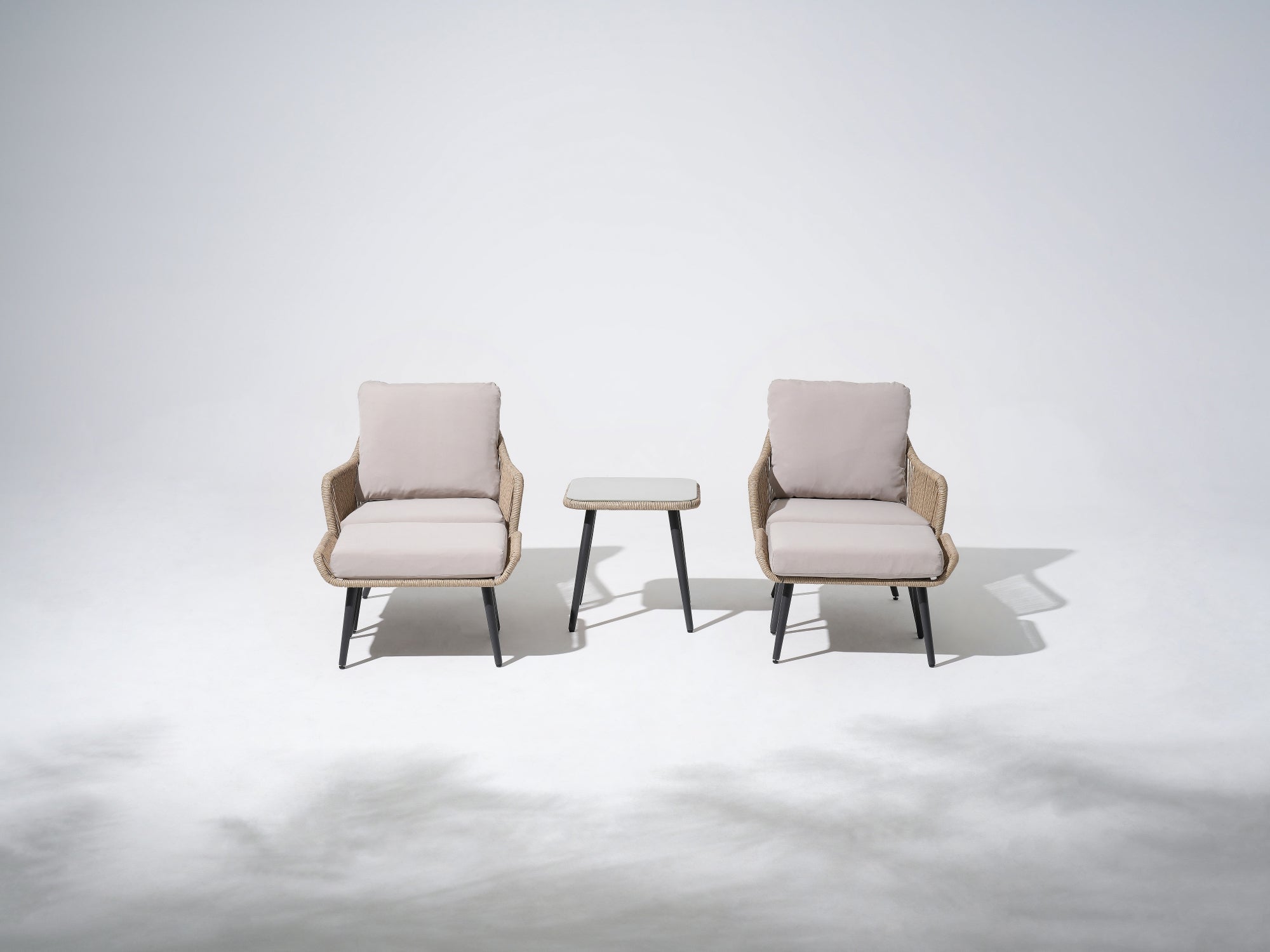When it comes to woven rope outdoor furniture, one of the key elements that sets it apart is the intricate weaving techniques used in its construction. These weaving techniques not only add visual interest and texture to the furniture but also contribute to its durability and comfort. In this blog post, we will explore the different weaving techniques commonly used in woven rope outdoor furniture and how they enhance the overall design and functionality.
1. Herringbone Weave

The herringbone weave is a classic pattern that creates a zigzag effect using ropes woven over and under each other. This technique adds a timeless and sophisticated look to the furniture. Additionally, the herringbone weave provides excellent support, ensuring that the furniture withstands daily use and outdoor elements.
2. Basket Weave

The basket weave technique involves crossing the ropes over and under each other in a pattern that resembles the weaving of a basket. This technique not only creates a visually appealing pattern but also adds strength and stability to the furniture. The basket weave is known for its flexibility, allowing the furniture to conform to the body's shape for maximum comfort.
3. Chevron Weave

The chevron weave is characterized by V-shaped patterns formed by the interlacing ropes. This technique adds a modern and trendy touch to the furniture, making it a popular choice for contemporary outdoor spaces. The chevron weave also offers excellent support, making it ideal for lounging and relaxing.
4. Rope Knots

In addition to weaving techniques, rope knots are often incorporated into woven rope outdoor furniture to add decorative accents and extra reinforcement. Common knot styles include the square knot, sailor's knot, and diamond knot. These knots not only serve a functional purpose but also contribute to the overall aesthetics of the furniture, giving it a unique and personalized touch.
5. Macrame Detailing

Macrame is a popular decorative technique that involves intricate knotting patterns. It is often used to create eye-catching details such as fringes, tassels, or embellishments on woven rope outdoor furniture. Macrame detailing adds an artistic and bohemian flair to the furniture, elevating its overall design and making it a statement piece in any outdoor setting.

In conclusion, the weaving techniques used in woven rope outdoor furniture play a significant role in its overall design, durability, and comfort. Whether it's the classic herringbone weave, the sturdy basket weave, the trendy chevron weave, or the decorative rope knots and macrame detailing, each technique adds unique characteristics to the furniture. Understanding these techniques allows you to appreciate the craftsmanship behind woven rope outdoor furniture and make informed choices when selecting pieces for your outdoor space. So, why not incorporate woven rope furniture into your patio and enjoy the blend of style, comfort, and durability it offers?









